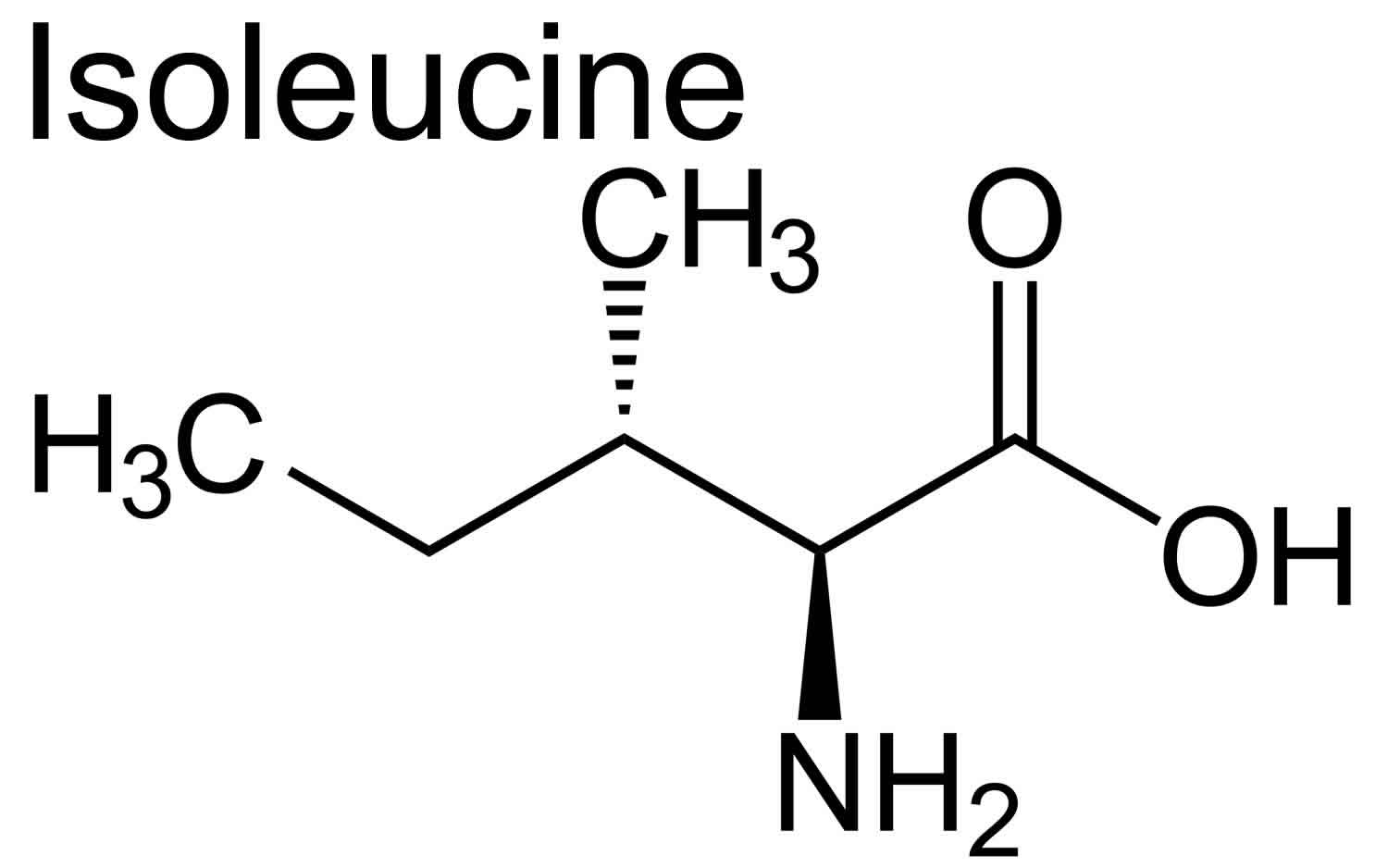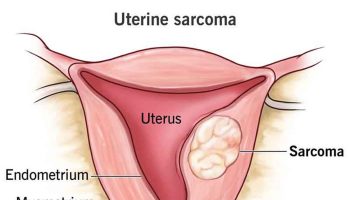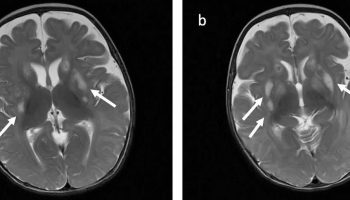What is Isoleucine
Isoleucine is one of nine essential amino acids in humans (the other essential amino acids are Phenylalanine, Valine, Tryptophan, Threonine, Methionine, Histidine, Leucine and Lysine). Essential amino acids, also known as indispensable amino acids, are a group of amino acids that humans and other vertebrates cannot synthesize from metabolic intermediates 1. Essential amino acids such as isoleucine amino acid must be supplied from an exogenous diet because the human body lacks the metabolic pathways required to synthesize these amino acids 2. Isoleucine is found especially in meats, fish, cheese, eggs, and most seeds and nuts. Isoleucine has diverse physiological functions, such as assisting wound healing, detoxification of nitrogenous wastes, stimulating immune function, and promoting secretion of several hormones. Necessary for hemoglobin formation and regulating blood sugar and energy levels, isoleucine is concentrated in muscle tissues in humans.
The classification of essential and nonessential amino acids was first reported in nutritional studies done in the early 1900s. Although there are twenty amino acids required for human protein synthesis, humans can only synthesize about half of these required building blocks; this is because humans and other mammals only have the genetic material required to synthesize the enzymes found in the biosynthesis pathways for non-essential amino acids. One study 3, found that the human body was capable of staying in nitrogen balance with a diet of only eight amino acids. These eight amino acids were the first classification of essential amino acids or indispensable amino acids. At this time, scientists were able to identify essential amino acids by conducting feeding studies with purified amino acids. The researchers found that when they removed individual essential amino acids from a diet, the subjects would be unable to grow or stay in nitrogen balance. Later studies found that certain amino acids are “conditionally essential,” depending on the subject’s metabolic state. For example, although a healthy adult may be able to synthesize tyrosine from phenylalanine, a young child may not have developed the required enzyme (phenylalanine hydroxylase) to perform this synthesis, and so they would be unable to synthesize tyrosine from phenylalanine, making tyrosine an essential amino acid under those circumstances. This concept also appears in different disease states. Basically, deviations from a standard healthy adult’s metabolic state may place the body in a metabolic state that requires more than the standard-essential amino acids to be nitrogen balance. In general, the optimal ratio of essential amino acids and nonessential amino acids requires a balance dependent on physiological needs that differs between individuals. Finding the optimal ratio of amino acids in total parenteral nutrition for liver or kidney disease is a good example of different physiological states requiring different nutrient intakes. Therefore, the terms “essential amino acid” and “nonessential amino acids” may be misleading since all amino acids may be necessary to ensure optimal health 4.
The current Dietary Reference Intakes (DRIs) provide values for dietary requirements of humans for essential amino acids 5. These values vary by age and sex. For healthy adult humans, dietary requirements for essential amino acids [mg/kg body weight per day] are as follows 5:
- Histidine 14 mg/kg body weight per day;
- IIsoleucine 25 mg/kg body weight per day;
- Leucine 55 mg/kg body weight per day;
- Lysine 51 mg/kg body weight per day;
- Methionine + Cysteine 25 mg/kg body weight per day;
- Phenylalanine + Tyrosine 47 mg/kg body weight per day;
- Threonine 27 mg/kg body weight per day;
- Tryptophan 7 mg/kg body weight per day;
- Valine 32 mg/kg body weight per day.
During states of inadequate intake of essential amino acids such as vomiting or low appetite, clinical symptoms may appear. These symptoms may include depression, anxiety, insomnia, fatigue, weakness, growth stunting in the young, etc. These symptoms are mostly caused by a lack of protein synthesis in the body because of the lack of essential amino acids. Required amounts of amino acids are necessary for the production of neurotransmitters, hormones, growth of muscle, and other cellular processes. These deficiencies are usually present in poorer parts of the world or elderly adults with inadequate care 2.
Kwashiorkor and marasmus are examples of more severe clinical disorders caused by malnutrition and inadequate intake of essential amino acids. Kwashiorkor is a form of malnutrition characterized by peripheral edema and result from a diet with insufficient protein but adequate carbohydrates. Marasmus is a form of malnutrition characterized by wasting caused by inadequate protein and overall inadequate caloric intake 6.
What does isoleucine do?
Isoleucine, as one of the branched chain amino acids, is also critical in physiological functions, such as assisting wound healing, detoxification of nitrogenous wastes, growth, stimulating immune function, protein metabolism, promoting secretion of several hormones, fatty acid metabolism and glucose transportation. Isoleucine can improve the immune system, including immune organs, cells and reactive substances 7. Necessary for hemoglobin formation and regulating blood sugar and energy levels, isoleucine is concentrated in muscle tissues in humans. Recent studies have also shown that isoleucine may induce the expression of host defense peptides (i.e., beta-defensins) that can regulate host innate and adaptive immunity. In addition, isoleucine administration can restore the effect of some pathogens on the health of humans and animals via increasing the expression of beta-defensins.
Isoleucine food sources
Foods that have high amounts of isoleucine include meats, fish, cheese, eggs, soy protein, seaweed, turkey, chicken, lamb, cheese, and most seeds and nuts
Table 1. Foods highest in isoleucine
| Rank | Food Name | Isoleucine content based on levels per 200-Calorie serving |
| 1 | Egg, white, raw, fresh | 2754mg |
| 2 | Egg, white, dried, flakes, glucose reduced | 2672mg |
| 3 | Egg, white, dried, powder, glucose reduced | 2671mg |
| 4 | Soy protein isolate, potassium type, crude protein basis | 2650mg |
| 5 | Soy protein isolate, potassium type | 2609mg |
| 6 | Seaweed, spirulina, raw | 2547mg |
| 7 | Soy protein isolate | 2516mg |
| 8 | Egg, white, dried | 2398mg |
| 9 | Egg, white, raw, frozen | 2358mg |
| 10 | Turkey, fryer-roasters, light meat, meat only, raw | 2328mg |
| 11 | Turkey, fryer-roasters, breast, meat only, cooked, roasted | 2316mg |
| 12 | Turkey, fryer-roasters, breast, meat only, raw | 2304mg |
| 13 | Turkey, fryer-roasters, light meat, meat only, cooked, roasted | 2243mg |
| 14 | Chicken, broilers or fryers, breast, meat only, raw | 2217mg |
| 15 | Soy protein isolate, PROTEIN TECHNOLOGIES INTERNATIONAL, SUPRO | 2217mg |
| 16 | Seaweed, spirulina, dried | 2213mg |
| 17 | Soy protein isolate, PROTEIN TECHNOLOGIES INTERNATIONAL, ProPlus | 2210mg |
| 18 | Turkey, fryer-roasters, wing, meat only, raw | 2206mg |
| 19 | Lamb, variety meats and by-products, spleen, raw | 2158mg |
| 20 | Chicken, roasting, light meat, meat only, raw | 2151mg |
| 21 | Lamb, variety meats and by-products, spleen, cooked, braised | 2150mg |
| 22 | Chicken, broilers or fryers, light meat, meat only, raw | 2149mg |
| 23 | Turkey, young tom, light meat, meat only, raw | 2137mg |
| 24 | Turkey, all classes, light meat, raw | 2130mg |
| 25 | Turkey, young hen, light meat, meat only, raw | 2119mg |
| 26 | Crustaceans, crab, alaska king, raw | 2112mg |
| 27 | Turkey, fryer-roasters, meat only, raw | 2111mg |
| 28 | Game meat, moose, cooked, roasted | 2097mg |
| 29 | Game meat, moose, raw | 2094mg |
| 30 | Game meat, buffalo, water, raw | 2067mg |
| 31 | Pheasant, breast, meat only, raw | 2058mg |
| 32 | Chicken breast, oven-roasted, fat-free, sliced | 2055mg |
| 33 | Game meat, buffalo, water, cooked, roasted | 2055mg |
| 34 | Turkey, fryer-roasters, meat only, cooked, roasted | 2049mg |
| 35 | Crustaceans, shrimp, mixed species, cooked, moist heat | 2049mg |
| 36 | Sea lion, stellar, liver (Alaska Native) | 2044mg |
| 37 | Chicken breast, fat-free, mesquite flavor, sliced | 2030mg |
| 38 | Crustaceans, lobster, northern, cooked, moist heat | 2029mg |
| 39 | Chicken, broilers or fryers, breast, meat only, cooked, stewed | 2027mg |
| 40 | Fish, tuna, light, canned in water, drained solids | 2026mg |
| 41 | Fish, tuna, light, canned in water, without salt, drained solids | 2026mg |
| 42 | Crustaceans, lobster, northern, raw | 2025mg |
| 43 | Cheese, cottage, lowfat, 1% milkfat | 2022mg |
| 44 | Fish, ling, cooked, dry heat | 2021mg |
| 45 | Fish, roughy, orange, raw | 2019mg |
| 46 | Turkey, young tom, light meat, meat only, cooked, roasted | 2018mg |
| 47 | Fish, pike, northern, raw | 2016mg |
| 48 | Fish, roughy, orange, cooked, dry heat | 2015mg |
| 49 | Fish, pike, northern, cooked, dry heat | 2014mg |
| 50 | Fish, cod, Pacific, cooked, dry heat | 2013mg |
Isoleucine side effects
At present, little information is available regarding the toxicity of excess nutritionally essential amino acids in humans and other animals 2.
- Lopez MJ, Mohiuddin SS. Biochemistry, Essential Amino Acids. [Updated 2021 Jan 21]. In: StatPearls [Internet]. Treasure Island (FL): StatPearls Publishing; 2021 Jan-. Available from: https://www.ncbi.nlm.nih.gov/books/NBK557845[↩]
- Hou, Y., & Wu, G. (2018). Nutritionally Essential Amino Acids. Advances in nutrition (Bethesda, Md.), 9(6), 849–851. https://doi.org/10.1093/advances/nmy054[↩][↩][↩]
- ROSE WC. The amino acid requirements of adult man. Nutr Abstr Rev. 1957 Jul;27(3):631-47.[↩]
- Hou, Y., Yin, Y., & Wu, G. (2015). Dietary essentiality of “nutritionally non-essential amino acids” for animals and humans. Experimental biology and medicine (Maywood, N.J.), 240(8), 997–1007. https://doi.org/10.1177/1535370215587913[↩]
- Institute of Medicine Protein and amino acids. Dietary Reference Intakes: the essential guide to nutrient requirements. Washington (DC): Institute of Medicine, National Academies Press; 2006. https://www.nap.edu/download/11537[↩][↩]
- Benjamin O, Lappin SL. Kwashiorkor. [Updated 2020 Jul 19]. In: StatPearls [Internet]. Treasure Island (FL): StatPearls Publishing; 2021 Jan-. Available from: https://www.ncbi.nlm.nih.gov/books/NBK507876[↩]
- Gu C, Mao X, Chen D, Yu B, Yang Q. Isoleucine Plays an Important Role for Maintaining Immune Function. Curr Protein Pept Sci. 2019;20(7):644-651. doi: 10.2174/1389203720666190305163135[↩]





